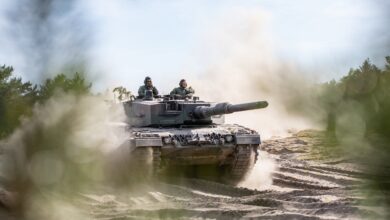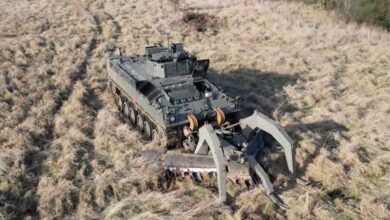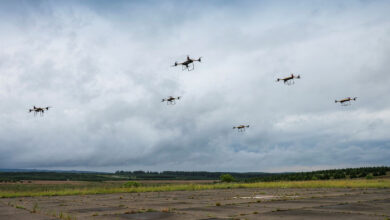The British Army Experimentation and Trials Group is testing an experimental force concept for “small-unit dominance” in future urban combat.
Called the Urban Phalanx, the study focuses on lethality and structural changes to enhance the combat effectiveness of dismounted light forces in an urban environment.
The concept was developed in partnership with the UK Defence Science and Technology Laboratory (DSTL), the UK Royal Marines Urban Combat, and the US Marine Corps Warfighting Laboratory.
Next Generation Combat Team
For the effort, a Next Generation Combat Team (NGCT) was restructured from the British Army 2nd Battalion “The Yorkshire Regiment.”
NGCT comprises two Phalanx Platoons, each having three sections of 10 personnel, a commander, a sergeant, a systems operator, and a Carl-Gustaf anti-armor/anti-structure capability.
The Phalanx Platoons operate with a single Maneuver Support Group consisting of two Gustaf Sensor Decider Effector Teams, a patrol commander, a systems operator/mortar fire controller, a driver/security, and Javelin surface-to-air missile and 81-millimeter Mortar capabilities.
All NGCT personnel are carried by light mobility vehicles for increased unmounted mobility instead of fighting from a platform.
‘Better Focus’
The Next Generation Combat Team is currently deployed to different exercises to demonstrate the Urban Phalanx strategy and test the concept further at a company level.
“DSTL’s science has enabled us to look at increasing the size of the sections, which increases their survivability and enables them to remain effective, even whilst sustaining casualties,” Experimentation and Trials Group Lead Col. Toby Till explained.
“This increase also enables the section commander to be removed from a fire team, allowing a better focus on commanding the section and digesting the increased levels of information being generated by the systems operator.”












